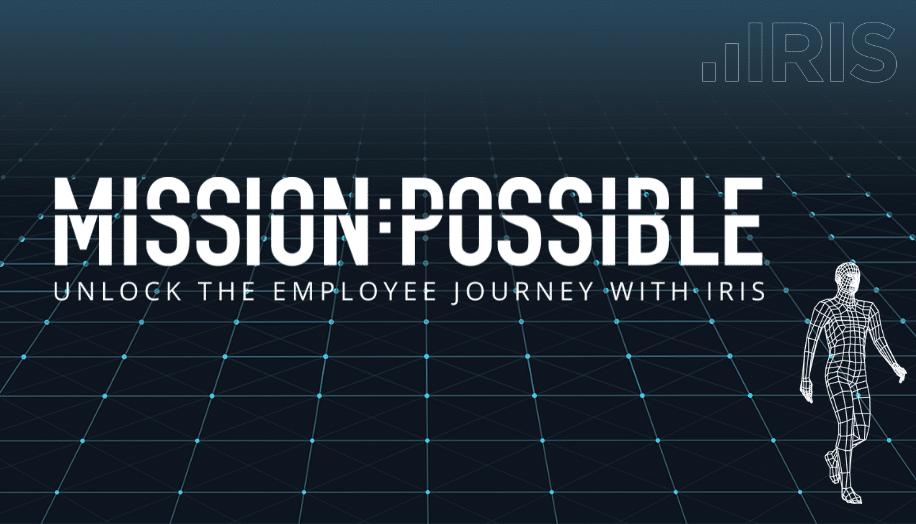BLOGS
Working Back From IFRS 16 Implementation

Over 120 countries will have adopted the IFRS 16 standards by January 1, 2019. After this point, IAS 17 leases will no longer apply. It’s possible (and, perhaps, recommended) to adopt IFRS 15, which comes into effect in 2018, early to help your company transition into the later IFRS 16.
If your company will be affected by IFRS 15, then you should consider early adoption before IFRS 16 rolls around.
Working back from IFRS 16 implementation, why was IFRS 16 adopted and what’s the aim? IFRS 16 allows for recognition, measurement, presentation, and disclosure of leases, ensuring that lessees and lessors provide relevant information that truly represents those transactions.
One common example is aeroplane leasing. A company which owns its fleet will have a higher debt to asset ratio than an airline which leases its fleet, but the ratio wouldn’t be a true representation of either company's cash flow. The airline who leases - at least on their balance sheet - will look like it’s cash-rich, whilst the other company would appear to be drowning in debt, in comparison. However, it won’t take into account the lease payments versus the finance payments of either company for the assets.
From an accounting perspective, each airline would have to analyse their operating costs, and determine whether they’d get a better ROI from leasing or from buying - or even if they have the cash flow to buy and maintain a fleet in the first place.
In simplistic terms, IFRS 16 brings everything (or almost) onto the balance sheet. It’s a means of transparency and a way for investors to analyse the health of the company. It’s not a law but it is a sign of best practice for companies.
IFRS 16 does not apply to the following:
- Leases to explore for or pertaining to the use of minerals, oil, natural gas, and similar
- Leases of biological assets (IAS 41)
- Intellectual property licenses (IFRS 16)
- Service concession arrangements (IFRIC 12)
- Rights under licensing agreements (IAS 38)
- Leases with terms under one year without a purchase option
- Leases with an underlying asset of a low-value (one-by-one basis)
The latter two exemptions make accountants’ lives easier; however, what’s done to one must be done to all. For example, if you lease a vehicle for under one year and you apply IFRS 16 for one vehicle you must also apply it to the second vehicle. You have to paint all leases with the same brush. Your accounting team can determine which leases are best - and most profitable - if they are covered under the IFRS 16 regulations for early adoption or if they are not. No matter how you report low-value leases, all lease payments and profits and losses will be placed on a straight-line basis.
When a contract is signed, businesses must assess if the contract contains a lease or not. It contains a lease if it describes the right to control a specified asset for a period of time in exchange for consideration (money).
Accounting By Lessees
Under the new terms, lessees have no classification of leases into finance and operating. Lessees need to account for all leases in the same way (with the exception of the two exemptions). When the lease begins and is operating, the lessee recognises the right of use asset and the lease liability. The lessee will now always recognise some asset - and that’s the huge change because before the lessee recognised all payments under operating costs in terms of profit or loss.
The right of use asset should equal the lease liability, and should add the lease payments before or on the commencement date, minus any lease incentives received (if there are any), any initial direct costs incurred by the lessee, any estimate of dismantling the asset and restoring the site (if applicable and if there is such an obligation).
The lease liability is all of the payments not paid at the commencement date, discounted to present value using the interest rate implicit in the lease or if not available the incremental borrowing rate.
If the lease isn’t paid at the commencement date then there are options of fixed payments, variable payments (depending on the index rate), amounts expected to be payable under residual value guarantees, the exercise price of the purchase option and payments for penalties for early termination of the lease all to be declared.
If the rewards and risks are transferred to the lessee, then it’s a finance lease, and if they are not, it’s an operating lease. But this difference will effectively be redundant once IFRS 16 comes into force.
Sale & Leaseback Transactions
This is a transaction in which the seller (the lessee) sells an asset which does not necessarily move or change hands to the lessor, and the asset is then leased back to the lessee. In this case, the seller who becomes the lessee would take the asset back under a lease, and the other party (the buyer) would become the lessor.
The accounting treatment of sale and leasebacks depends on whether the transfer of the asset is a sale under IFRS 15 or not (IFRS 15 = Revenue from Contracts with Customers). If the transfer of the asset is a sale under IFRS 16, meaning the control of the asset was transferred, then the seller (lessee) recognises a right of use asset at the proportion of the previous carrying amount of that asset relating to the right of use retained by the seller. The seller only recognises the gain or loss related to the transferred rights. The buyer (lessor) recognises a purchase of an asset under other applicable standards and accounts for the lease under IFRS 16.
If the transfer of the asset is not a sale, then the seller (lessee) continues to recognise the item as an asset and the accepted payment is accounted for as a financial liability under IFRS 9. The buyer (lessor) recognises a financial asset under IFRS 9.
The Takeaways
Lease accounting can be complicated, and especially as you apply it retrospectively in preparation for the new standards. The new standard introduces volatility to the assets, and may interfere with a company’s ability to accurately predict and forecast results, which is why it’s often recommended that you have experts in this field come in to help with adoption.
If you have leases that will run past the adoption date, you will need to work with your accounting team to ensure everything is properly documented and reported correctly on the balance sheet. Your accountants will have to determine if it’s best to create new lease terms when IFRS 16 hits, or if you would better to adopt the lease terms early. It will all depend on which is more cost-effective for your business; it’s best to seek experienced advice. Take a look at our 7 steps to lease accounting compliance here.
Do You Want To Find Out More About IFRS 16?
Download our free copy of IFRS 16 at a glance to find out all you need to know about the new regulations. Your accountants will have to find all operating and finance leases and start deciding if their lease terms will change under the new regulations, and how they will be reported.









